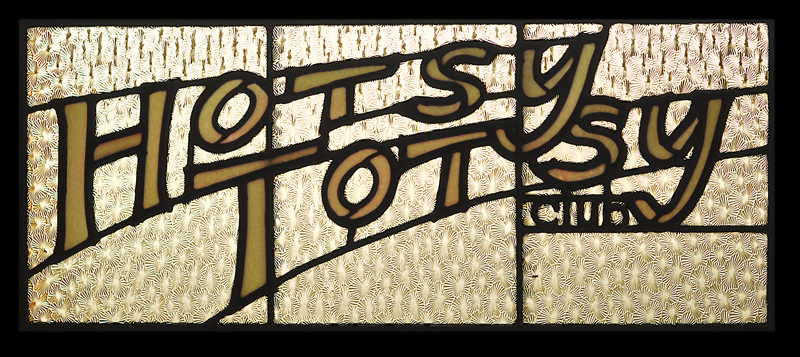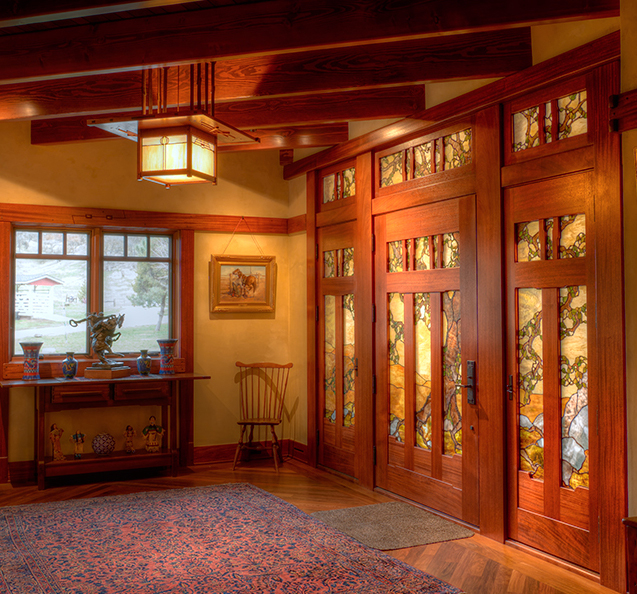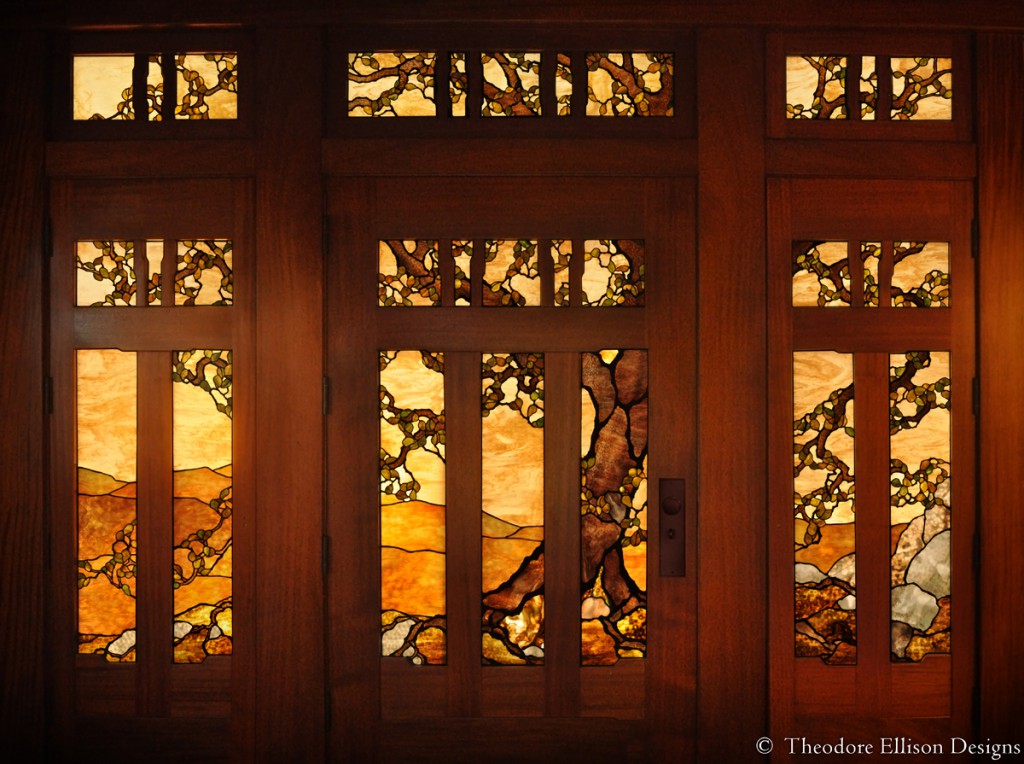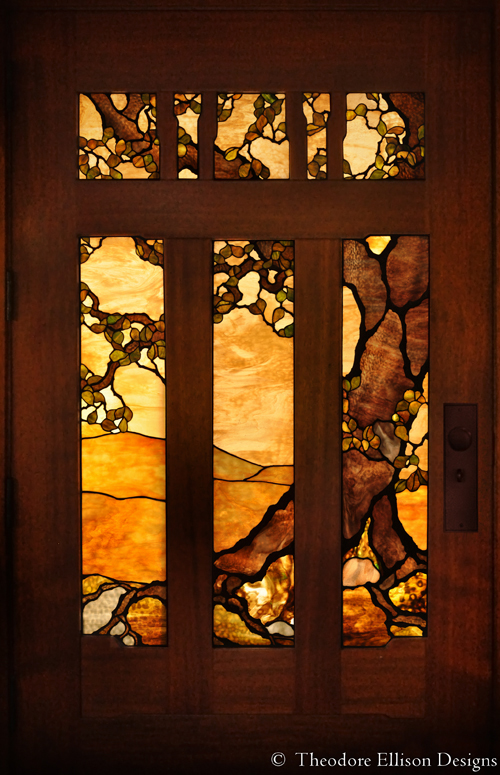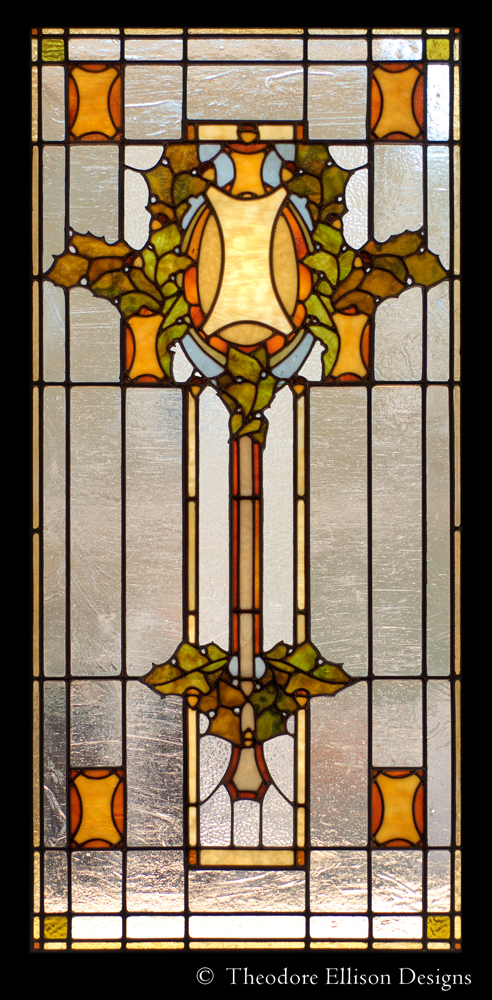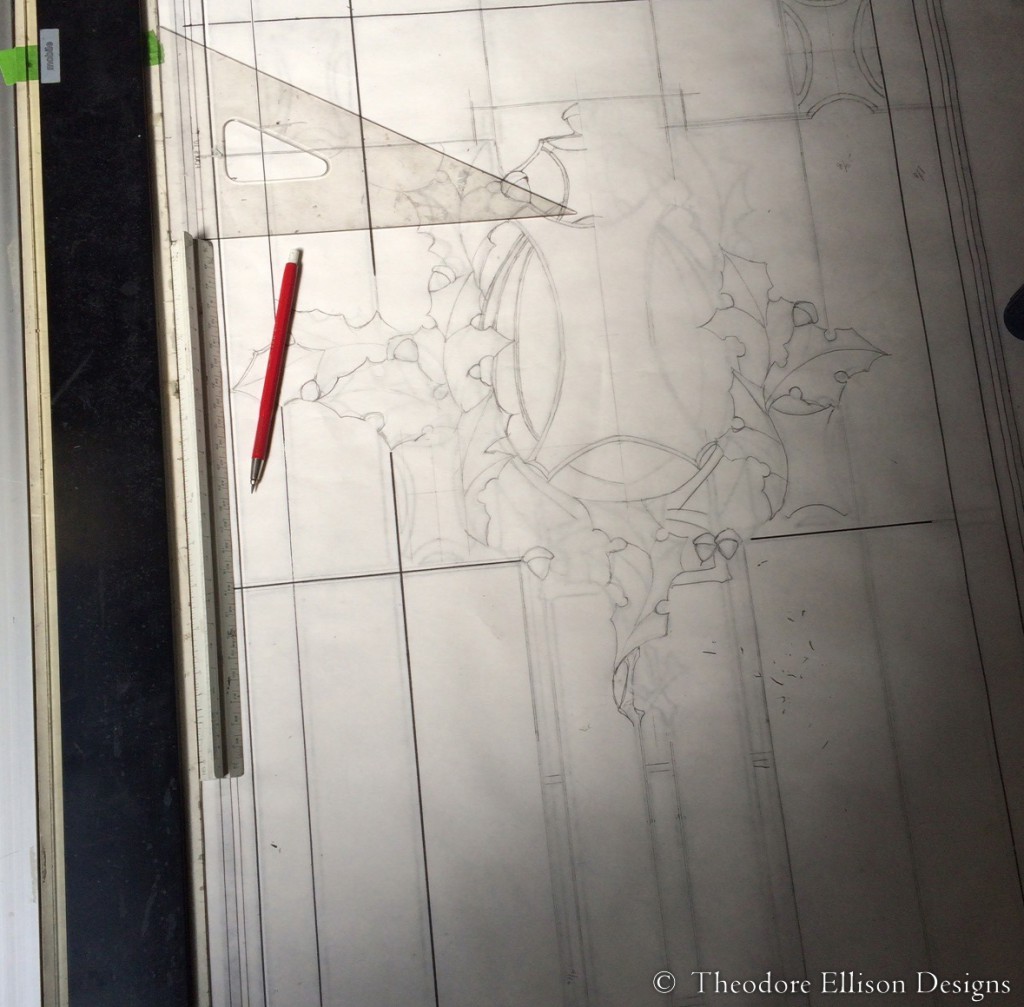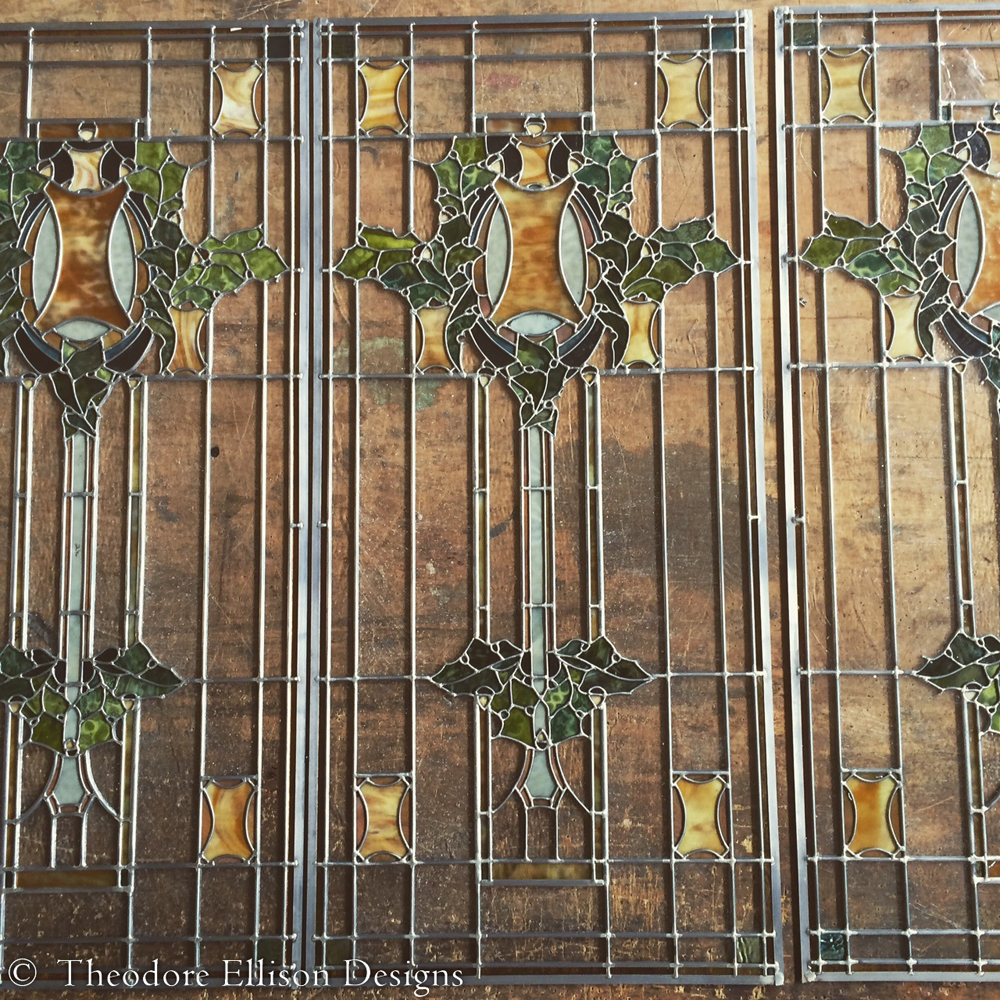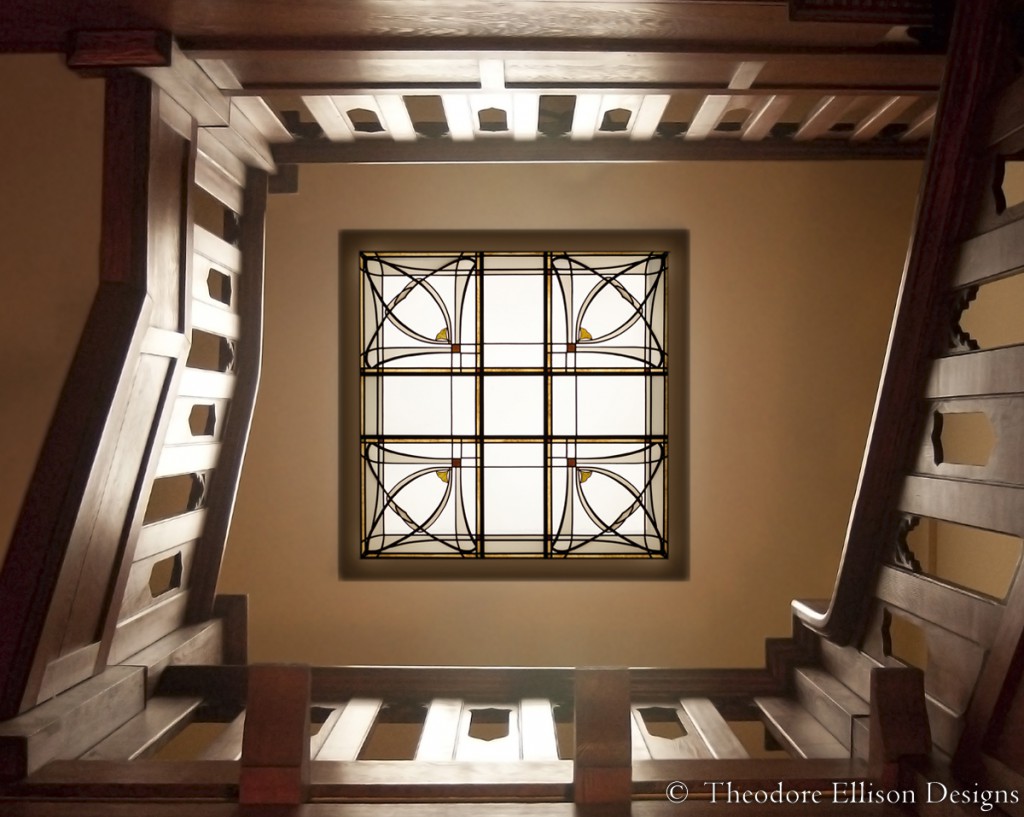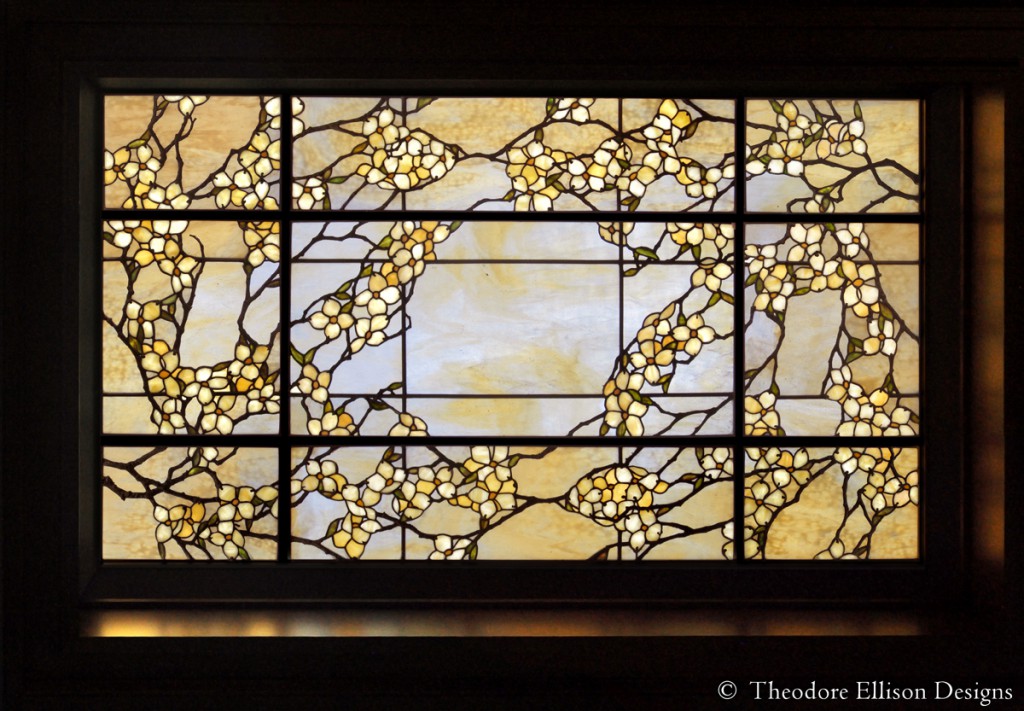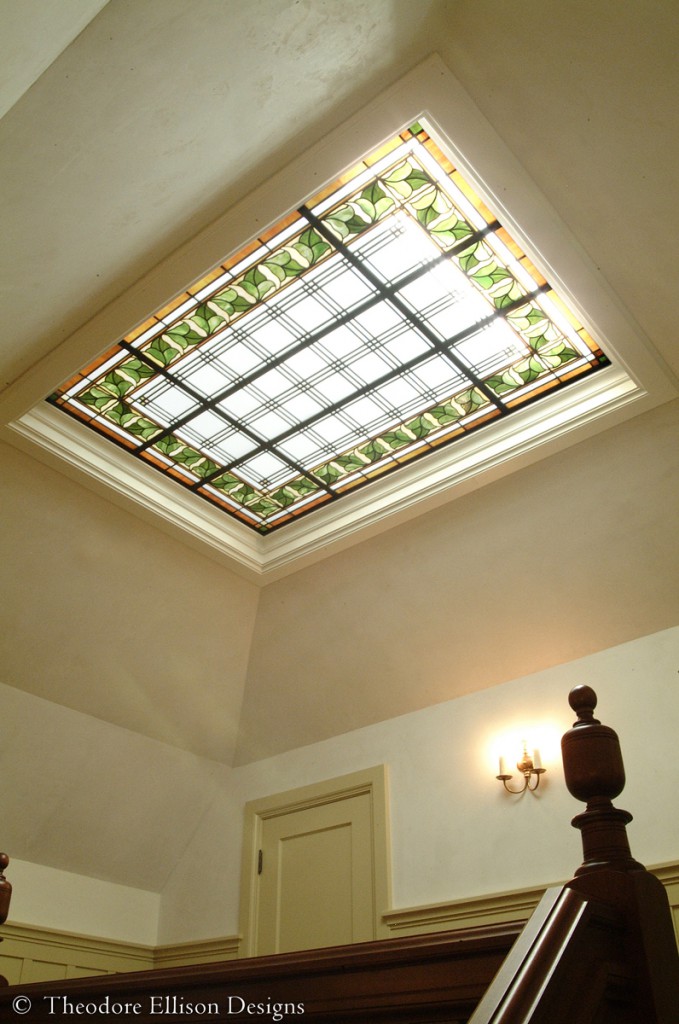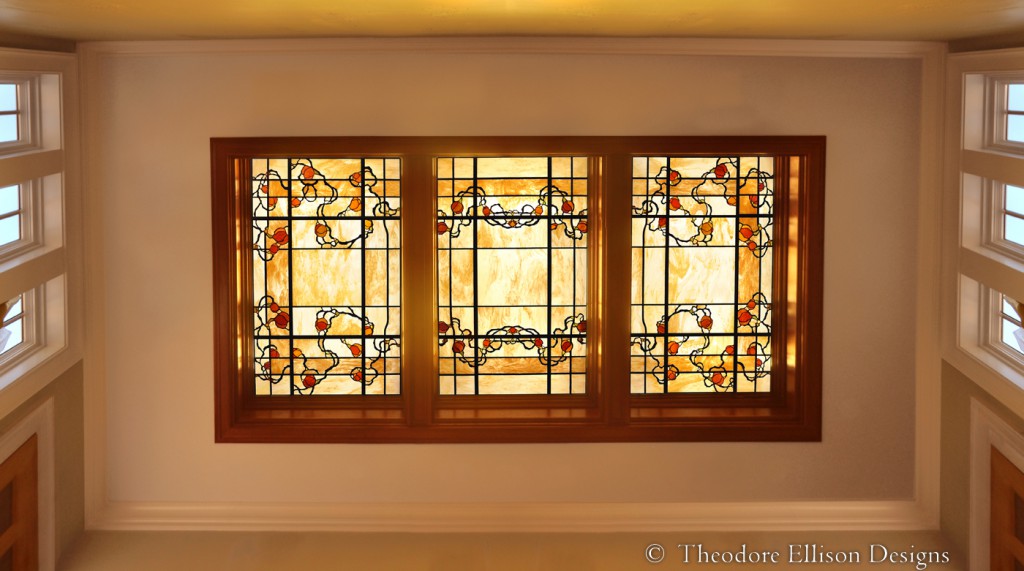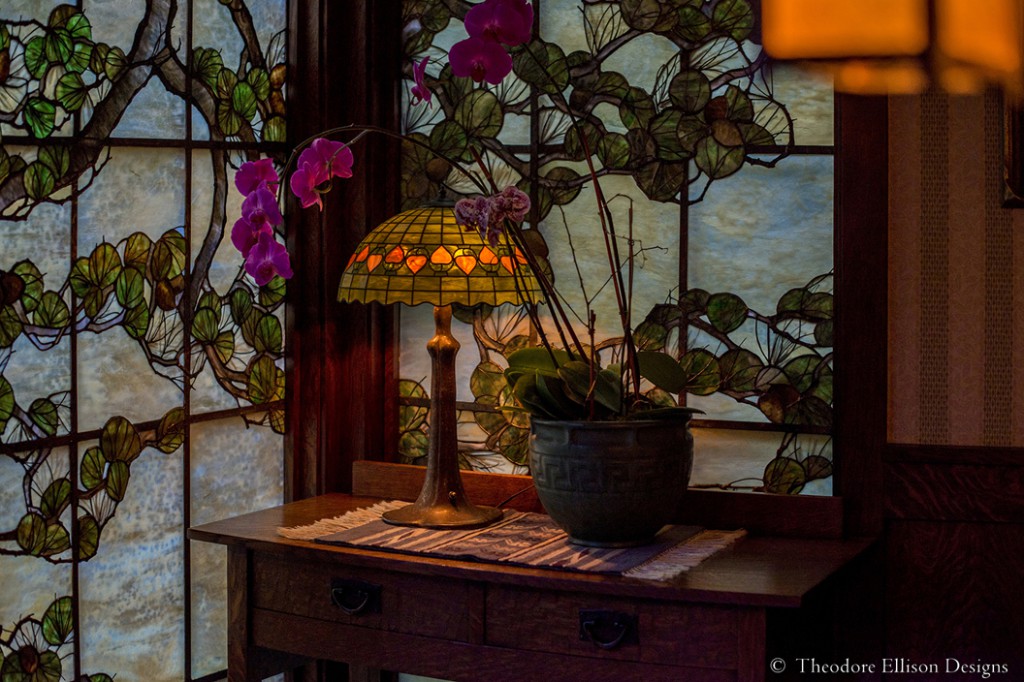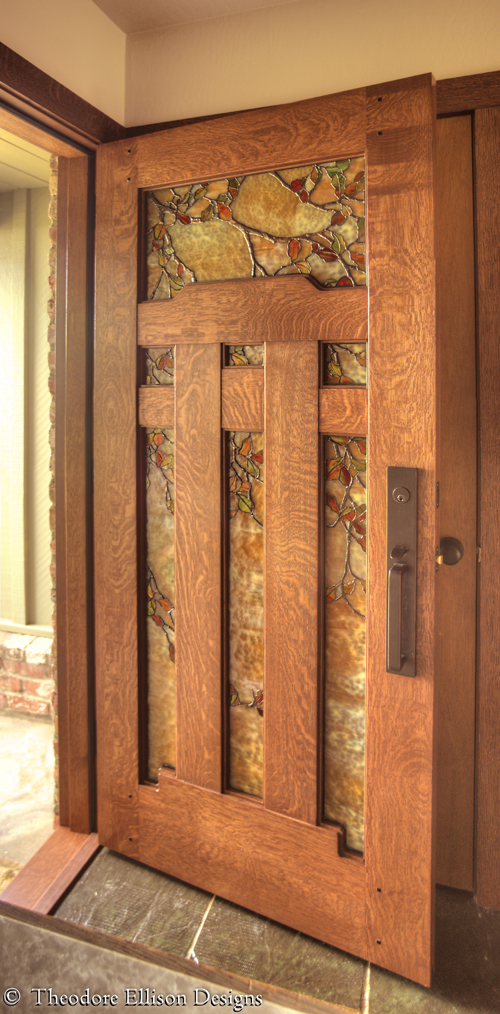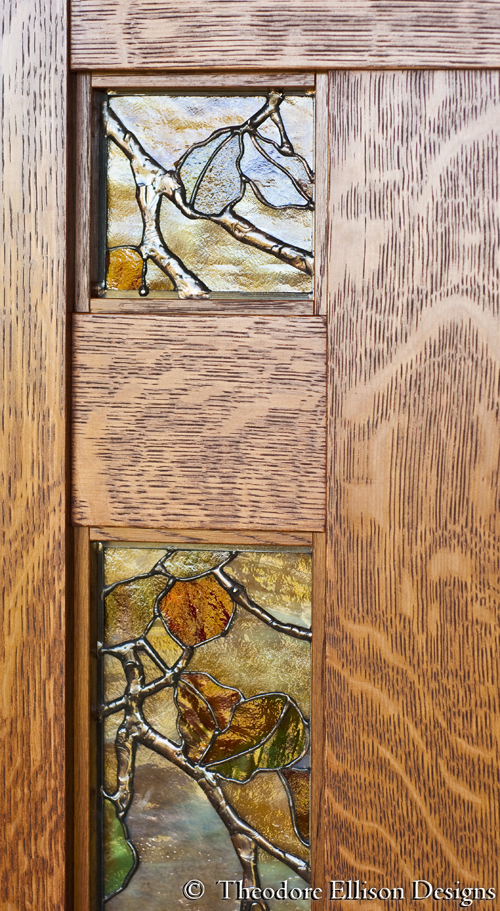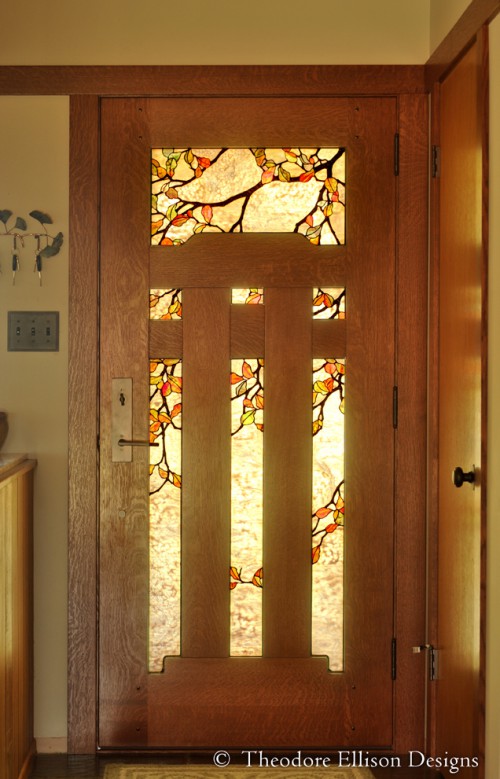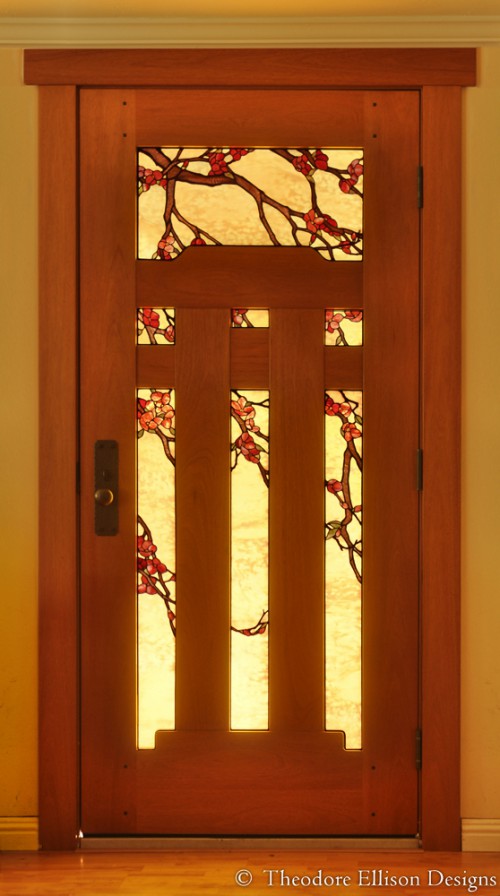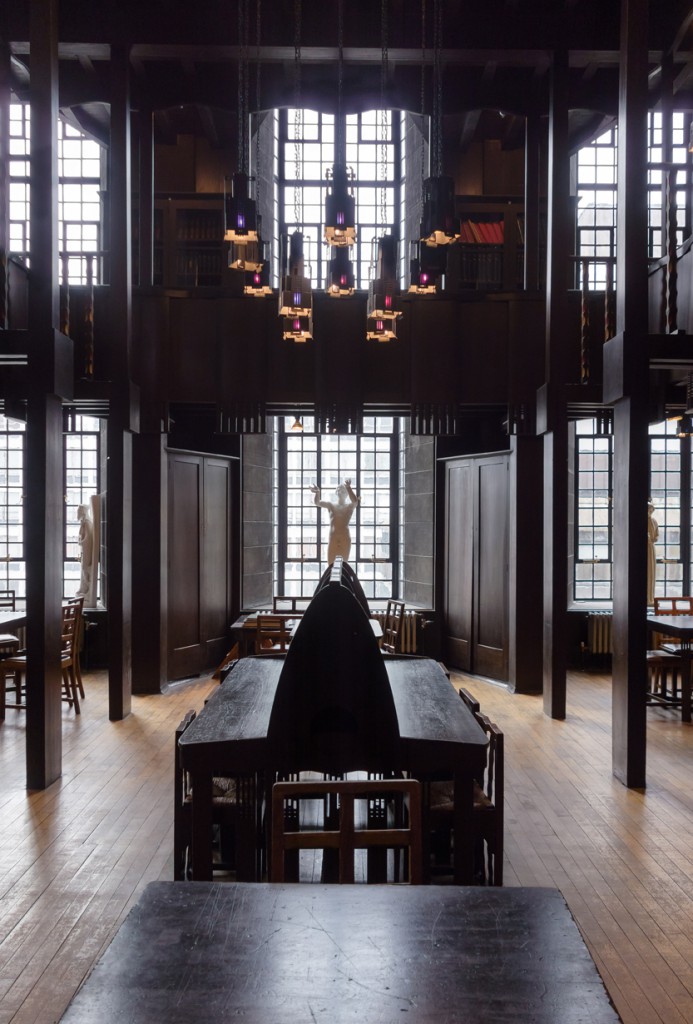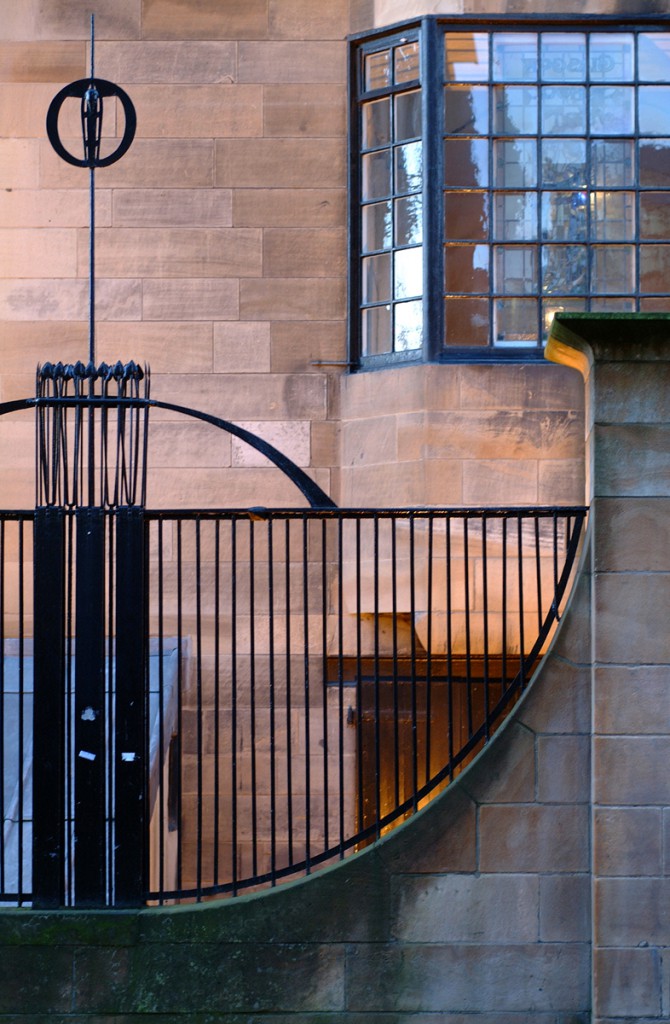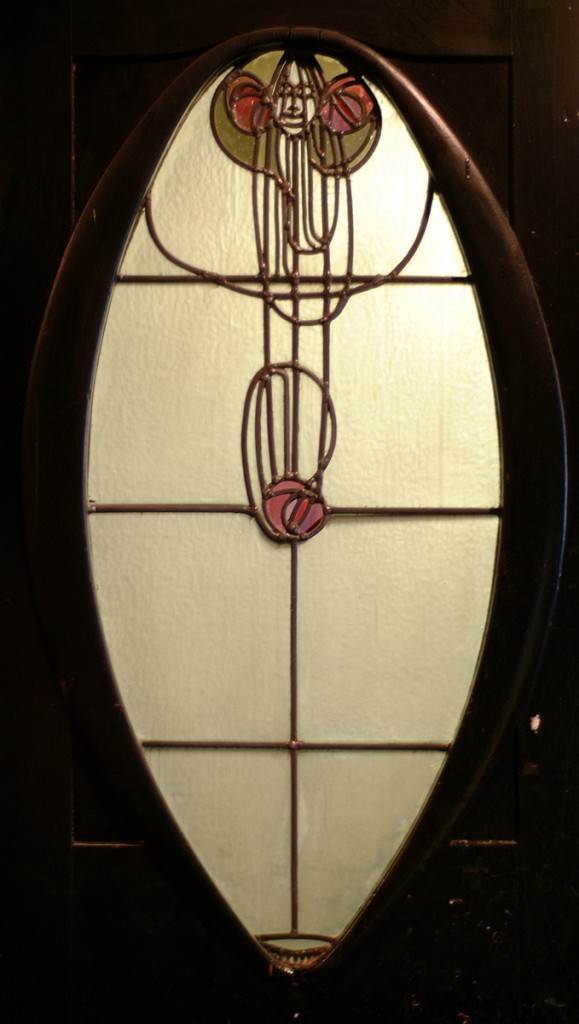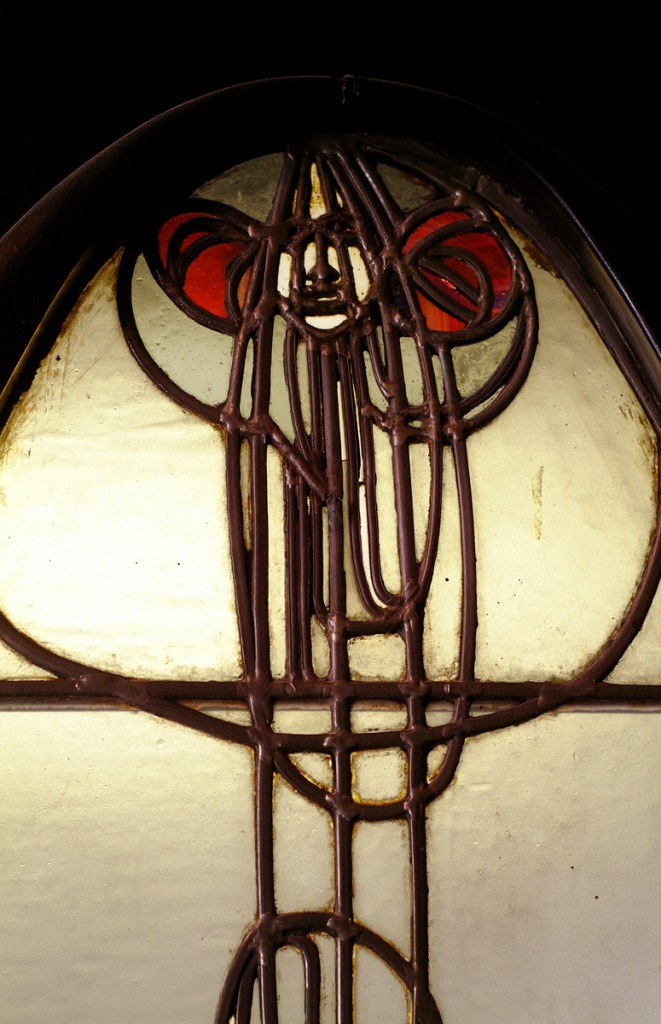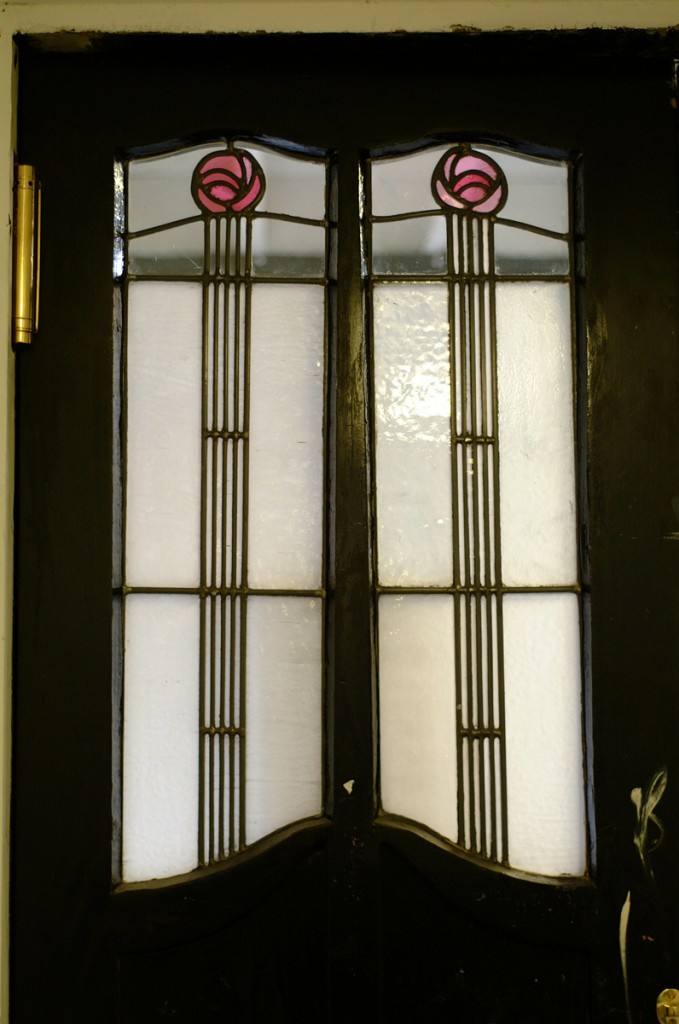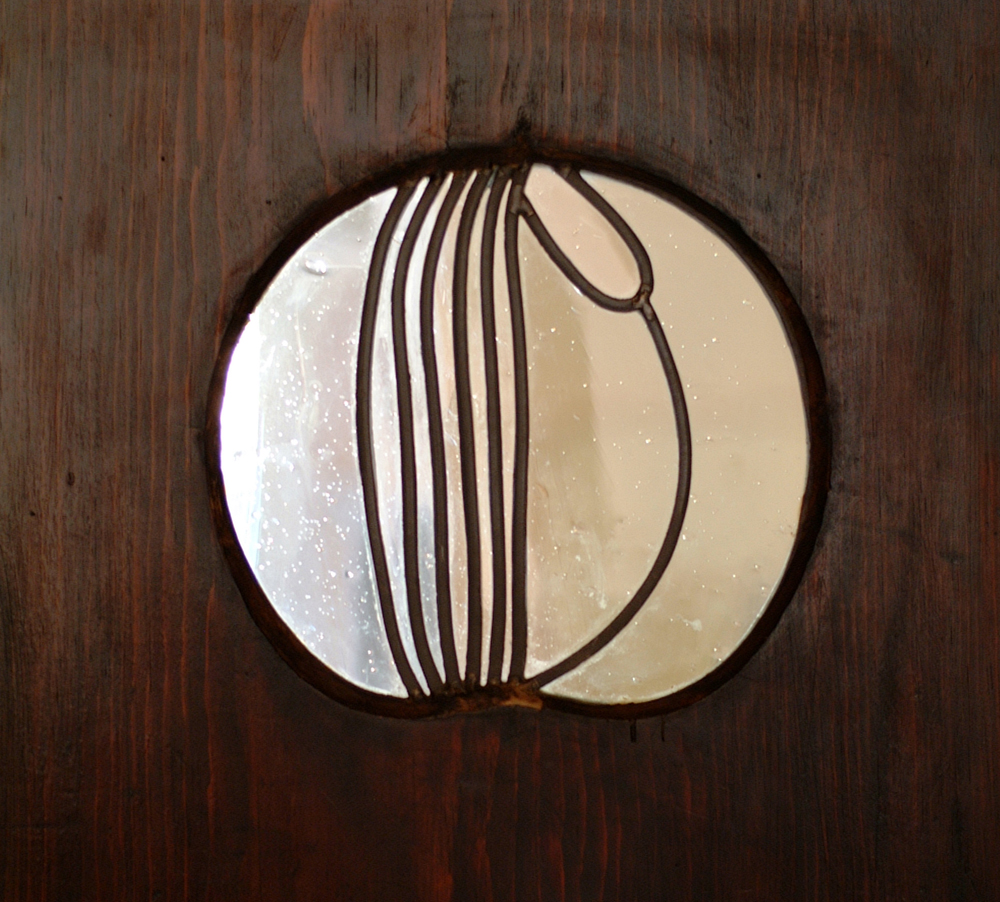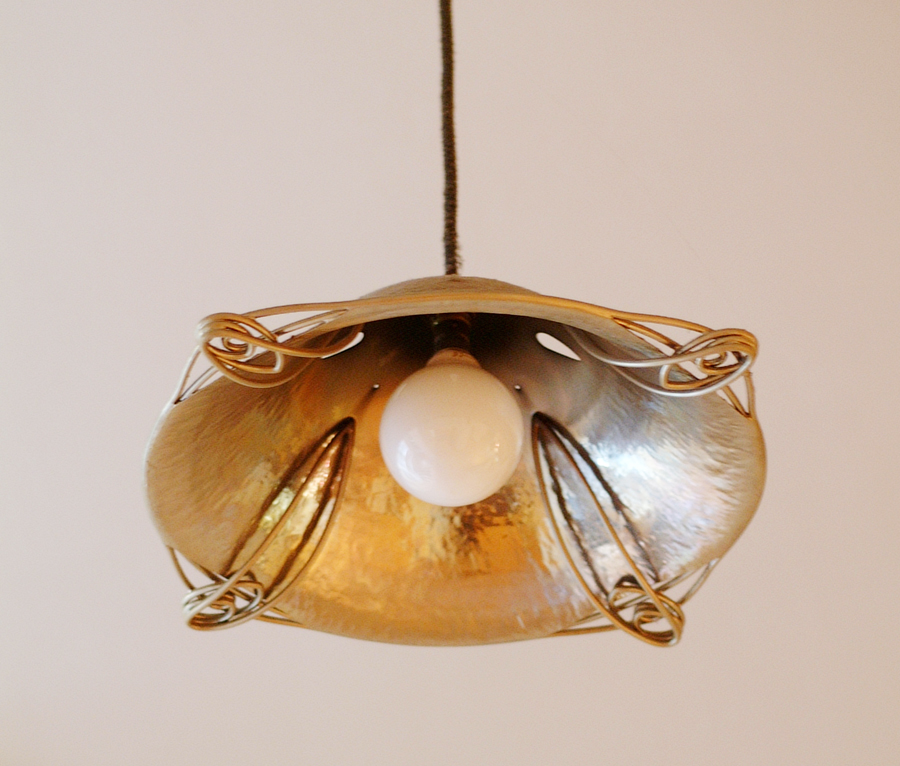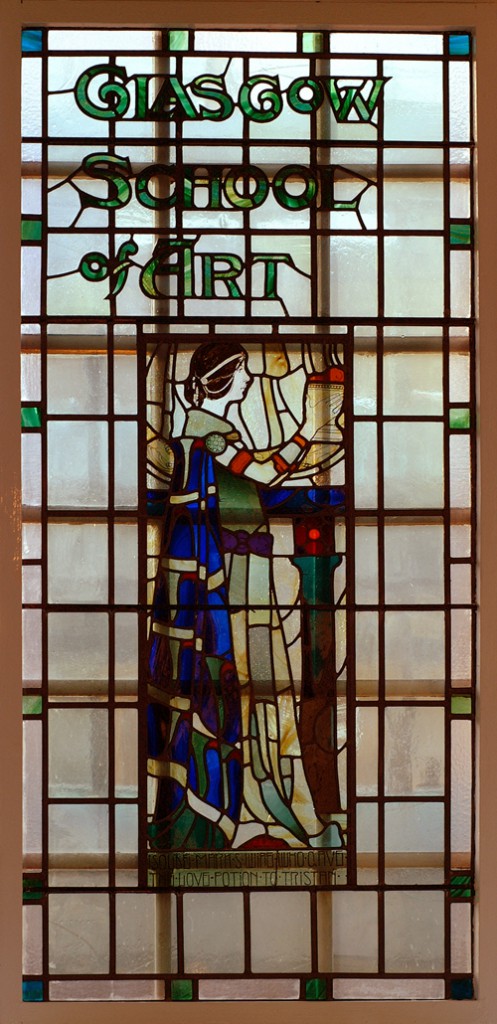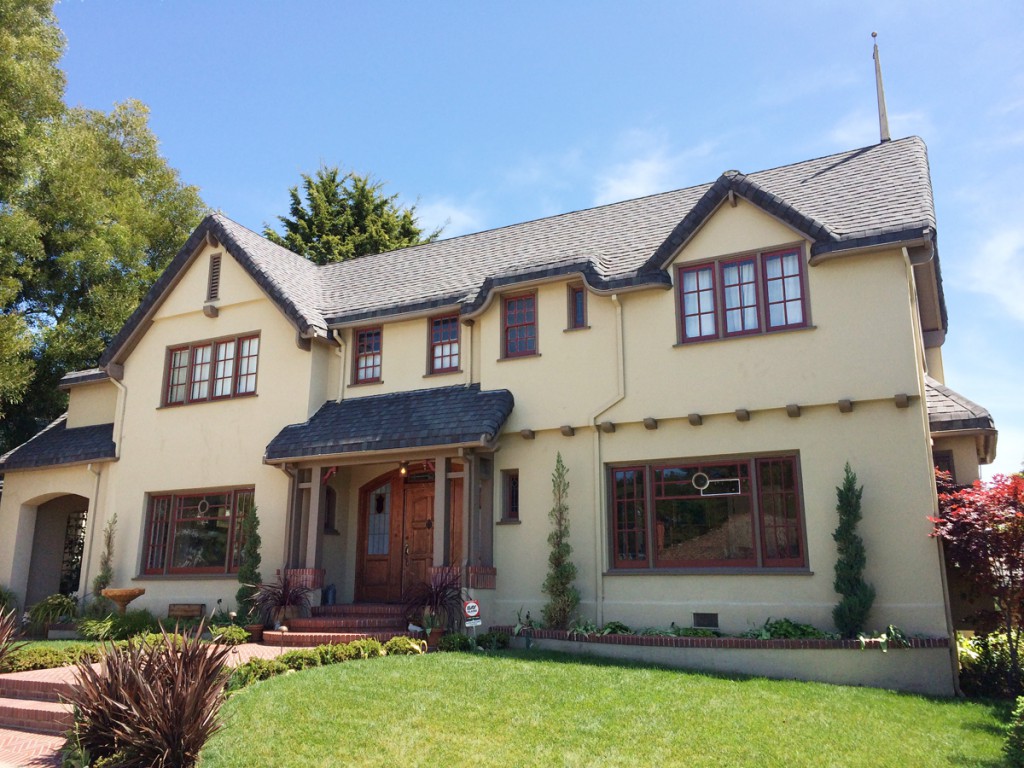Anyone can walk into a 24 Hour Sign Shop and have a vinyl sign ready the next day. However, if your message is ‘I am in business and will be here for a long time’, nothing says that quite like leaded glass signage. On a recent trip to Memphis I saw this unbelievable terracotta building facade and had to pull over. Probably among the finest examples of this kind of work left in the country, it got me thinking about the history of this kind of advertising.
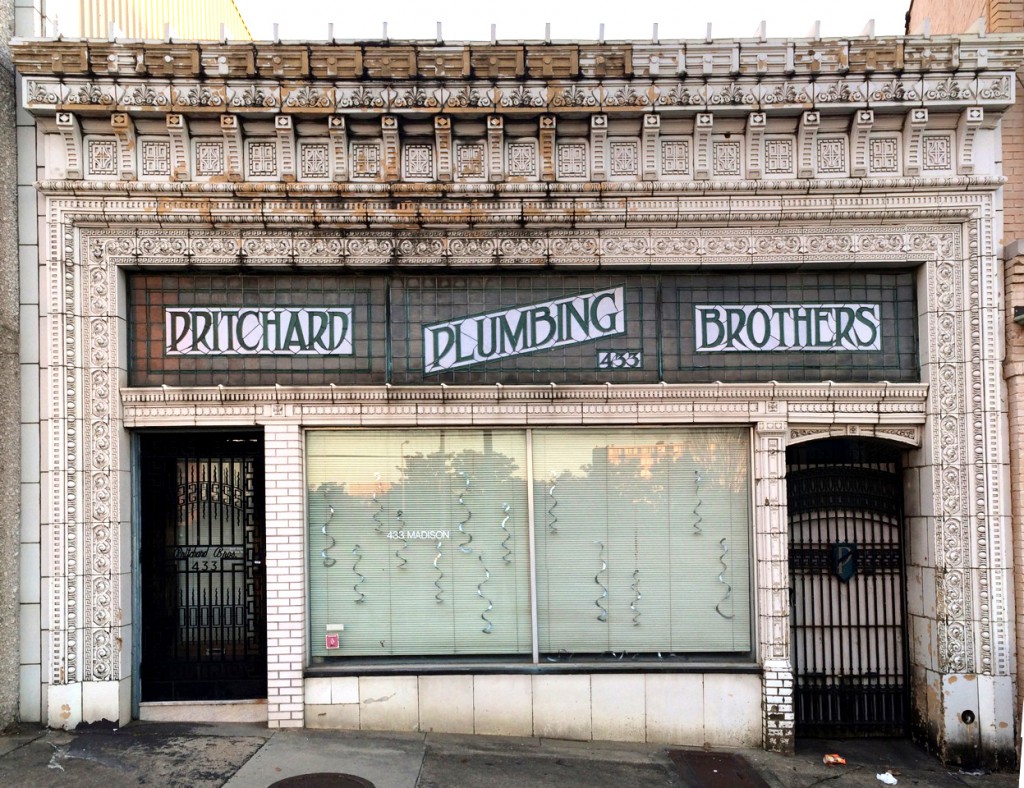
With these storefronts, the leaded glass sign serves multiple purposes; in addition to advertising, the glass that surrounds the lettering is made of prism glass that diffuses light and projects it further into the building than standard glass would. Additionally, it screens the interior so the eye stops on the surface of the sign. Here’s information on Luxfer Pressed Prism Tiles and Frank Lloyd Wright’s involvement with them.
 Advertisement in the March 1904 issue of Worlds Work Magazine.
Advertisement in the March 1904 issue of Worlds Work Magazine.
Lettering has been a part of stained glass from the beginning as seen in these windows from the 12th century. For centuries it was painted and fired to the glass surface. Creating the lettering out of glass and lead was rare. During the commercial architecture boom in the decades following the civil war, glass craftsmen were commissioned to create colorful windows that doubled as advertisements.

Image from Jeremiah’sVanishing New York.
When Luxfer Prism was founded in 1896, they modernized this form of signage by offing a modular product both durable and attractive, and these windows proliferated onto storefronts all over the country. Soon after, companies such as Pittsburg Plate Glass offered storefront systems that incorporated modern glass window walls integrated with transom signage.

Now that the background glass was set, designers could focus there attention on inventive fonts. These examples illustrate the skill set basic to all sign painters – lettering by hand. This requires an understanding of graphic art and glass design that isn’t practiced much anymore.

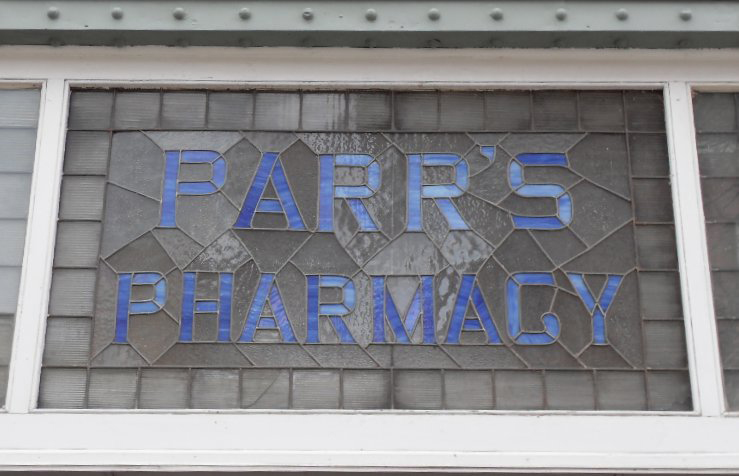

Between 1912 – 1914, the architecture firm of Purcell and Elmslie worked designed Edison Shops that used this form of signage. Here is there facade for the Minnesota Phonograph Company, 1914 (demolished).
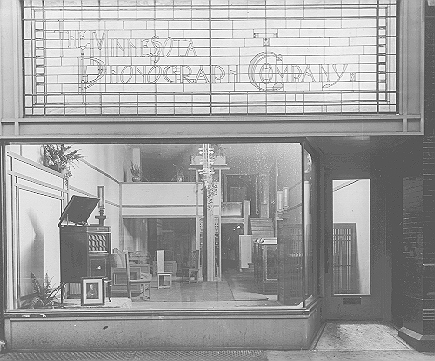
Image from organica.org
In my 1923 Pitsburg Plate Glass catalog, there are a number of illustrations that show various fonts and styles.
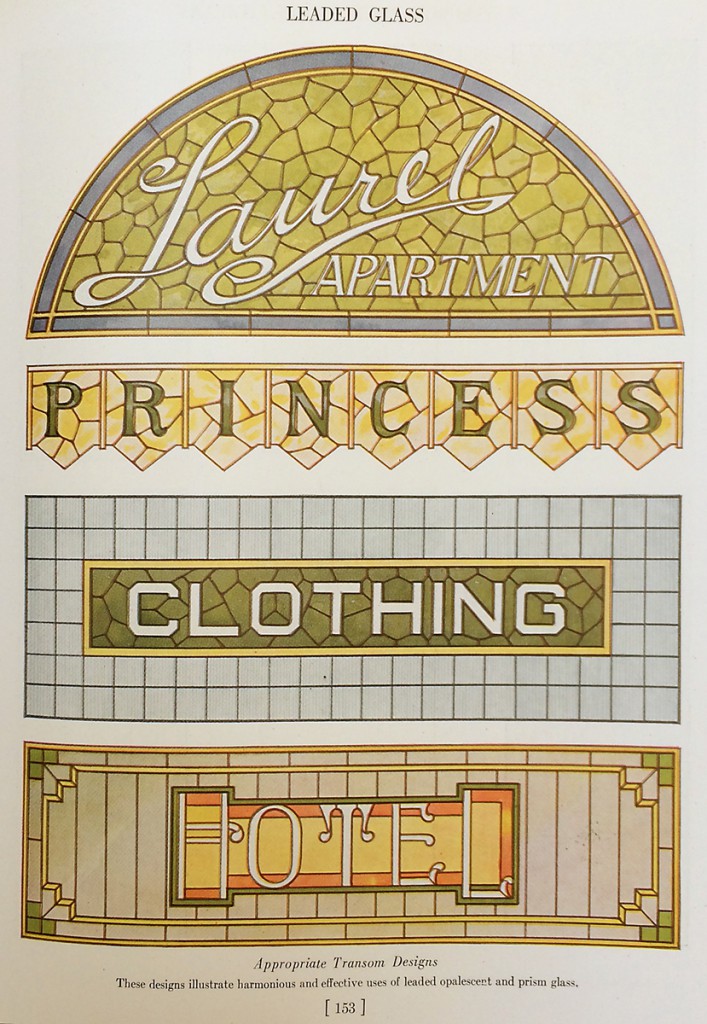
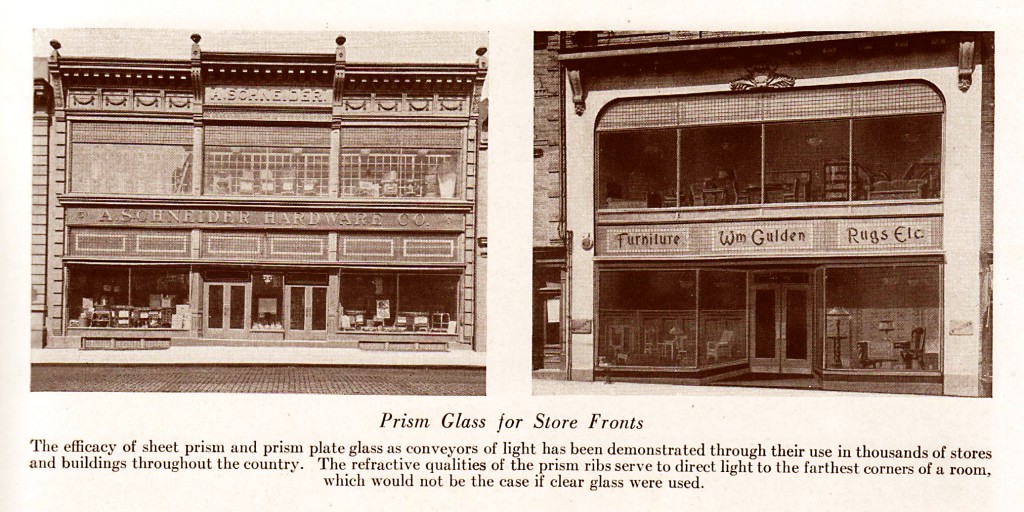
Although this isn’t a storefront, I had to include this exit sign made by the Povey Brothers of Portland, Oregon for the Historic Elsinore Theatre in Salem, Oregon, 1926.
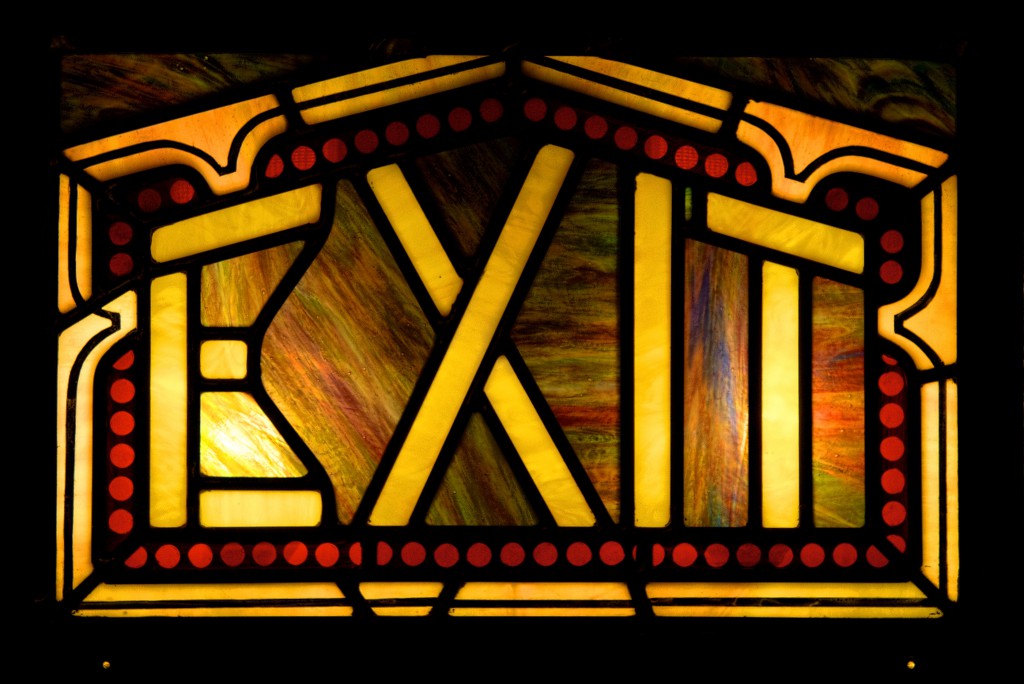
Image by Glen Bledsoe.
While we’ve never had an opportunity to revive this style of glass work, I have made one glass sign for the Hotsy Totsy Club in Albany, California. More here.
